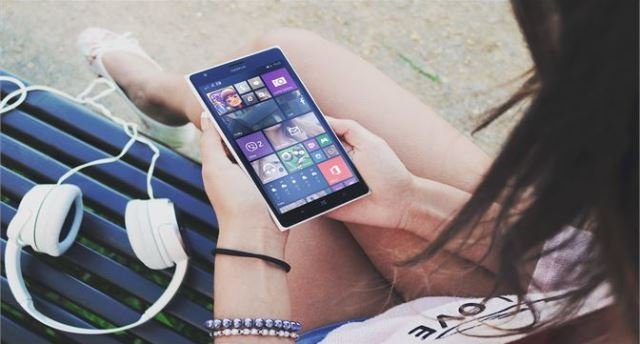From the first GSM call in Kolkata to AI-powered 5G smartphones, India’s telecom story is one of scale, innovation, and digital inclusion.

On July 31, 1995, India took its first step into the mobile era when a historic call was made from Kolkata by then Union Telecom Minister Sukh Ram to the Chief Minister of West Bengal, Jyoti Basu. Thirty years later, India’s telecom sector has grown into the world’s second-largest market with over 1.2 billion subscribers, and continues to chart new frontiers in technology, affordability, and accessibility.
At present, India has 47.49 million wireline subscribers and 1170.88 million mobile phone customers, as per the latest TRAI data. The number of broadband subscribers increased from 974.87 million at the end of May 2025 to 979.71 million to June 2025.
As we mark this milestone, leaders from across the telecom industry — spanning operators, technology providers, equipment manufacturers, and chipmakers — reflect on the sector’s extraordinary transformation and the path ahead.
“From 21 GB/month to 5G for all: India sets global benchmarks” – COAI
Lt. Gen. Dr. S.P. Kochhar, Director General of the Cellular Operators Association of India (COAI), highlights India’s sweeping digital transformation:
“India’s telecom sector has witnessed a phenomenal transformation since the country’s first cellular call in 1995. Today, India stands as the world’s second-largest telecom market… An Indian subscriber now uses over 21 GB of data each month on average—testament to the world-class infrastructure developed by leading Indian telecom operators.”
He emphasizes the pivotal role of affordability and reach:
“Relentless efforts from the Government and the industry have ensured the reach of digital connectivity, even to villages that once remained off the digital grid. India’s fastest rollout of 5G in the world has been nothing short of transformative.”
“From first GSM call to 5G pioneer” – Nokia India
Tarun Chhabra, Senior Vice President and Country Head at Nokia India, recalls the company’s foundational role:
“Our journey has witnessed several milestones, including the first-ever GSM call in India in 1995 on a Nokia phone over a Nokia-supplied network… bringing 3G services in 2011, pioneering 4G/LTE in 2012, and introducing 5G to India in 2022.”
He notes Nokia’s sustained engagement as a key partner to telecom operators, enterprises, and government networks:
“We stand as a major equipment supplier and technology partner for leading private and public operators, enterprises, and utility firms.”
“Telecom built by Indian minds, for Indian needs” – HFCL
Mahendra Nahata, Managing Director of HFCL, celebrates India’s push for indigenous innovation:
“What began as a modest service has evolved into one of the world’s most robust and dynamic telecom infrastructures… HFCL is privileged to contribute innovative, reliable and indigenous solutions that empower connectivity across the nation.”
He highlights the significance of the “Made-in-India” movement:
“The visionary push by the government has accelerated the rise of homegrown telecom equipment manufacturers. This initiative strengthens India’s self-reliance and opens doors for global leadership in telecom.”
“From ringtones to real-time personalization” – Comviva
Reflecting on mobile services evolution, Rajesh Chandiramani, CEO of Comviva, points to the shift in user engagement:
“We were among the pioneers in value-added services at a time when such offerings—SMS alerts, ringtones, voice-based services—played a critical role in enhancing the early mobile experience.”
He explains how Comviva has adapted with changing times:
“From basic VAS to today’s hyper-personalized, AI-driven digital experiences, the journey has been extraordinary… Comviva continues to shape how users experience mobile today, from digital services and financial solutions to customer value management and real-time engagement platforms.”
“Powering India’s smartphone revolution” – MediaTek India
From chipsets in feature phones to AI-powered 5G smartphones, Anku Jain, Managing Director of MediaTek India, tracks a fast-moving curve:
“India has evolved into the world’s second-largest 5G smartphone market… Approximately 85.5% of Indian households now own at least one smartphone as of early 2025.”
Jain reflects on MediaTek’s inclusive approach:
“We began by building a robust ecosystem for feature phones to now powering smartphones across all generations and price points, making high-performance devices accessible to all.”
Looking ahead, he adds:
“India’s swift adoption of advanced networks… underscores the nation’s digital ambition. MediaTek remains deeply committed to powering consistent connectivity, value and innovation for every user.”
A Legacy Still in the Making
Three decades after India’s first mobile call, the industry continues to expand its role—not just in communication, but in education, health, finance, and governance. The next decade will likely see deeper integration of AI, edge computing, and 6G.
